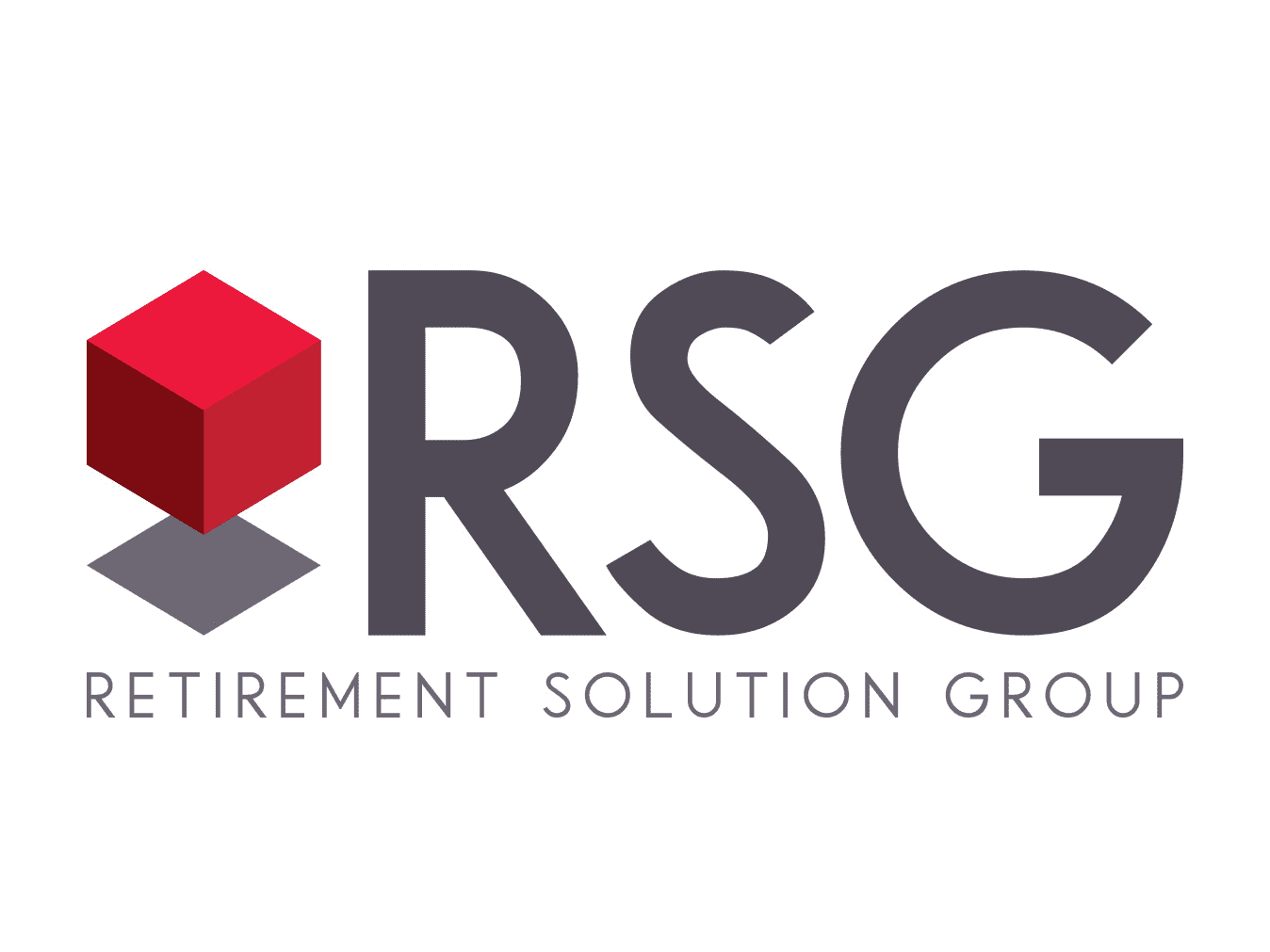Tips & guidelines you can take mid-year for smoother 401(k) plan administration
· Don’t wait until the end of the year to evaluate your Retirement Plan
· July 31st is the deadline for most companies to file IRS Form 5500 for 2020
· Leverage the insight from last year to improve your plan in 2021
It Ain’t Easy…
As the saying goes, “it takes a village” and this is certainly true for any small business owner, especially when it comes to sponsoring benefit plans.
Helping your participants reach their retirement goals is a great way to attract and retain key talent. As America ages well into their 80s and 90s, employees are considering taking their careers later and well into their 70s. Therefore, it is even more important to promote a retirement savings culture that will factor in longer lifespans.
But let’s face it, running a 401(k) plan is no simple task for any employer when the goal is to ensure that you take all the steps needed as a plan fiduciary to promote a healthy plan and one that’s in operational compliance with the IRS.
Don’t put all of that in jeopardy by neglecting to regularly evaluate the overall plan health and utilization.
Why is a mid-year plan check-up important?
It’s critical to assess daily operations to prevent administrative oversights and mistakes. There are many resources out there to help you understand the requirements, and my favorite comes right from the horse’s mouth: the IRS.
And why wait until the end of the year to ensure all boxes are checked?
Let’s review some of the top things you should be reviewing at the mid-year point of a calendar year plan. Of course, this is not an all-inclusive list, but one that certainly hits the top layers.
#1 Mid-Year Testing
If your plan failed compliance testing in the prior year or years, (check with your Third Party Administrator (TPA) if you are unsure if you failed or passed), now is a good time to have your TPA perform a mid-year test.
#2 July Deadlines
File IRS Form 5500 by July 31. Again this is usually done by your TPA but requires Plan Administrator signature. Otherwise, file IRS Form 5558 by July 31 to request an extension on filing the IRS Form 5500.
#3 Upcoming Deadlines in September
Be sure to fund employer contributions by September 15 and if your business is a Partnership, be sure to file your tax returns and receive the tax deduction on employer contributions for the previous plan year.
Another important task is to distribute the Summary Annual Report (SAR) by September 30 to all plan participants and beneficiaries getting benefits paid from the plan.
#4 Investment Review Process
Have you set up a formal investment committee? The individuals may consist of Owners or Staff at various levels of investment and plan knowledge. Representation from different levels of the company is ideal.
Are you following your investment policy statement (IPS) and documenting all the plan’s investment requirements and processes? Consider using a 3(38) investment manager, or a 3(21) investment advisor to help monitor the appropriateness of all investment options along with the appropriateness of the plan investment lineup. At a minimum, a review of diversification, the Qualified Default Investment Alternative (“QDIA”), the Target Date/Risk Funds suites (“TDF’s”), and any employer stock offerings should be looked at regularly.
#5 Service Provider/Recordkeeper Review
Are services and performance standards meeting your expectations or are there complaints? Do plan participants seem satisfied with the plan’s website/call center interface?
Have you benchmarked your plan’s fees and services to make sure expenses are reasonable for the services rendered? As plans grow in asset size, there will typically be pricing reductions and added service offerings. Are there any conflicts of interest that you can pinpoint?
Have you documented reviews, meetings, discussions and issues addressed, pertaining to service providers? Have you determined if a Request for Proposal (RFP) is warranted?
Have you reviewed the 408(b)(2)? Can you understand and explain the different fees being levied on the plan?
#6 Due-Diligence File
Have you kept physical or electronic records of committee meetings and decisions to demonstrate your compliance with a prudent process? Do you have a due diligence file for each plan year to allow for ease of document retrieval under an IRS or DOL audit? Have you developed and documented written procedures for routine fiduciary decisions?
If you are creating a due diligence file for the first time, know that it will be some work up front but once you develop the system, it will only help you moving forward to be more organized and efficient. This file is the group of documents that could add up to 25 to 30 different documents that you should be able to provide to an auditor. Some examples of these documents are the plan adoption agreement, meeting minutes, fee review documents, and 401(k) plan advisor agreements. It may be easiest to create subsections within the file to track administration & reporting, investment due diligence, and service provider agreements.
As you can see, documenting everything is the key to proving good intention and smooth operations. It could mean the difference between an honest mistake, or a neglectful error in the eyes of the IRS.
#7 Annual Employee Engagement
Have employee educational meetings been held already or at least scheduled for the year? Is the format and delivery of education in line with the work environment? For example, if meetings are only being offered during the day, how are night shift workers being given the same opportunity to attend?
Do plan participants know who to call to get help with questions, general financial information and investment education?
Is the plan being promoted by the company with regular communications being sent out regarding plan updates, enhancements and meeting/contact info?
#8 Develop a Compliance Plan Calendar
This will help you to keep track of the various deadlines throughout the plan year. Ensure that you are in regular communications with your Third Party Administrator so that key deadlines are understood and addressed.
Here is a great one from PlanSponsor.com: 2021 ERISA Compliance Calendar.
#9 Review your Plan Documents
This will ensure that they reflect your current practices and operations. But even more importantly, as your business and employee demographics change, updating the plan provisions to maximize the benefit is key. For example, adding automatic enrollment or changing the eligibility/entry dates.
As mandatory plan restatement periods approach, such as the upcoming Tri-Cycle restatement, ensure that you work with your TPA to have these legal and regulatory changes reflected on your plan documents to stay in compliance.
#10 General Plan Health Check
Average participation rate: Is the plan being utilized across all employee demographics and is there a strong savings culture within the firm?
Average savings/deferral rate: Are your employees hitting the savings goal rate of 15% of pay? Can education and engagement sessions help to increase savings rates?
Asset allocation across the plan: Are participants invested appropriately, based on risk and age factors?
Are non-highly compensated employees using the plan as much as highly compensated? The plan must benefit all categories of employees otherwise, discrimination testing may be affected.
Running a Successful Retirement Plan
I hope the one thing you take away from this is that it’s key to work with 401(k) professionals who will partner with you on running a smooth and successful Plan. While you are busy running your business and keeping your employees happy, don’t be afraid to rely on your Plan Advisor and TPA to help with key compliance items, dates and best practices.
If you are already an RSG client, we thank you so much for allowing us to be your trusted partner. If you are in search of a team who will take your plan (or start one!) to the next level, please give us a call!

